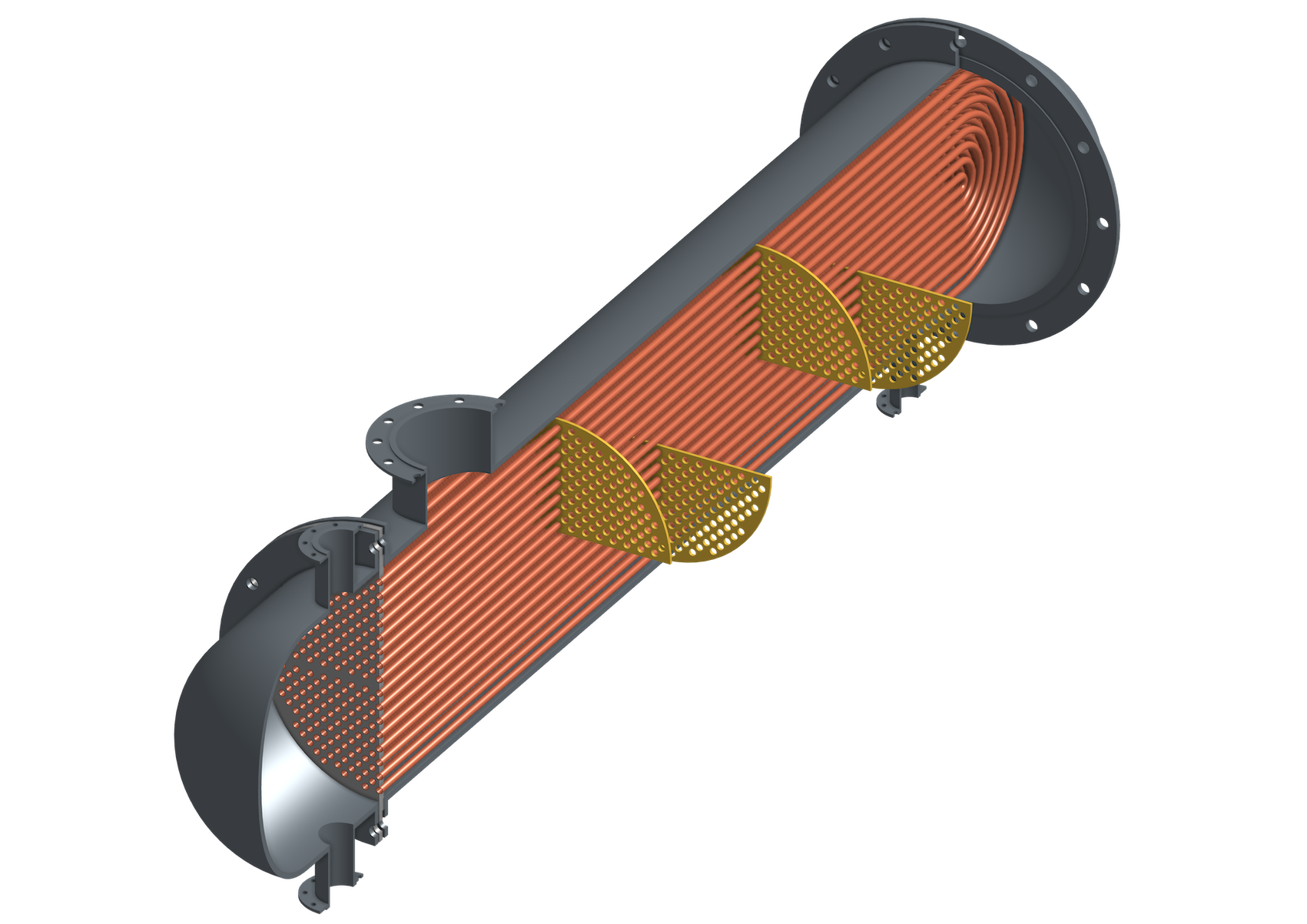Heat Exchangers

Heat exchangers serve to transfer thermal energy between different process flows. When passing through a heat exchanger, the process flows experience a change in temperature and depending on the application also a phase transition by evaporation or condensation. There are numerous different types of heat exchangers, and the selection of the most suitable one depends on several factors
During operation, a heat exchanger experiences thermal stresses due to the temperature gradients and the resulting uneven expansion of the material. In order to prevent mechanical damage, limitations apply for the permitted temperature differences between the opposite ends of a heat exchanger, as well as for the local temperature differences between the process flows.
The reduction of the heat transfer caused by contamination of the heat exchanger surface, called "fouling", as well as the impairment of the material due to corrosion are considered in order to ensure long term performance and durability of the heat exchanger. The effects of corrosion are mitigated by increasing the material thickness by a certain factor, called the "corrosion allowance".
